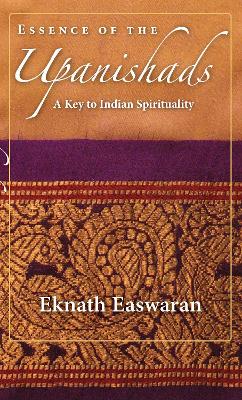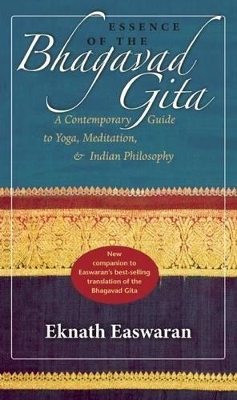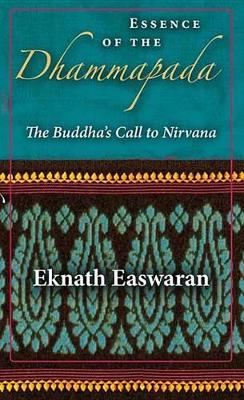Wisdom of India
3 primary works
Book 1
Through his interpretation of one important Upanishad, an ancient wisdom text, Eknath Easwaran shows how the timeless Indian tradition offers guidance on how to live today. Lyrical, dramatic, and inspiring, the Katha Upanishad presents the core ideas of Indian mysticism in a mythic story all can relate to -- the adventure of a young hero, Nachiketa, who passes into the kingdom of Death in search of immortality. The King of Death tests his resolve, but the teenager stands firm, demanding answers to the age-old questions, "What is the purpose of life? What happens to me when I die?" Death emerges as the perfect spiritual guide -- direct, uncompromising, and challenging. Easwaran's approach to the Katha is both practical and universal. He explains key Sanskrit terms like karma and prana, illustrating them through everyday anecdotes and entertaining analogies while placing Indian spirituality into the broader context of world mysticism.
Book 2
The Bhagavad Gita opens with a crisis - Prince Arjuna despairs on the battlefield, unsure if he should fight his kinsmen in a dreadful war. For Easwaran, the Gita's epic battle represents the war in our own hearts and Arjuna's anguish reflects the human condition: torn between opposing forces, confused about how to live. Sri Krishna's timeless guidance, Easwaran argues, can shed light on our dilemmas today. Placing the Gita's teachings in a modern context, Easwaran explores the nature of reality, the illusion of separateness, the search for identity, the meaning of yoga, and how to heal the unconscious. The key message of the Gita is how to resolve our conflicts and live in harmony with the deep unity of life, through the practice of meditation and spiritual disciplines. Sri Krishna doesn't tell Arjuna what to do. He points out the prince's choices, and then leaves it to Arjuna to decide. Easwaran shows us clearly how these teachings still apply - and how, like Arjuna, we must take courage and act wisely if we want our world to thrive.
Book 3
Eknath Easwaran, translator of the best-selling edition of the Dhammapada, sees this powerful scripture as a perfect map for the spiritual journey. Said to be the text closest to the Buddha's actual words, it is a collection of short teachings memorized during his lifetime by his disciples. Easwaran presents the Dhammapada as a guide to spiritual perseverance, progress, and ultimately enlightenment -- a heroic confrontation with life as it really is, with straight answers to our deepest questions. We witness the heartbreak of death, for instance -- what does that mean for us? What is love? How does karma work? How do we follow the spiritual life in the midst of work and family? Does nirvana really exist, and if so, what is it like to be illumined? In his interpretation of Buddhist themes, illustrated with stories from the Buddha's life, Easwaran offers a view of the concept of Right Understanding that is both exhilarating and instructive.
He shares his experiences on the spiritual path, giving the advice that only an experienced teacher and practitioner can offer, and urges us to answer for ourselves the Buddha's call to nirvana -- that mysterious, enduring state of wisdom, joy, and peace.
He shares his experiences on the spiritual path, giving the advice that only an experienced teacher and practitioner can offer, and urges us to answer for ourselves the Buddha's call to nirvana -- that mysterious, enduring state of wisdom, joy, and peace.


